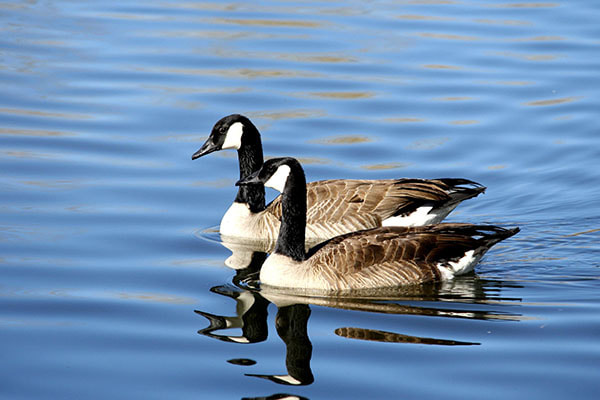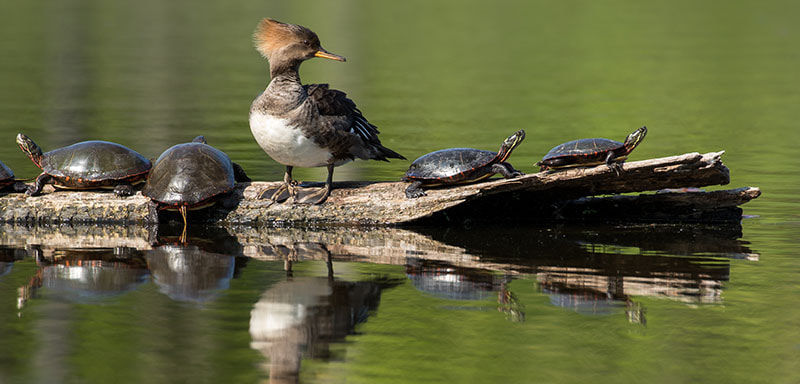Is Swimmer’s Itch in Lake Charlevoix?
|
Due to the unfavorable results of the 2018 Swimmer’s Itch Study and coupled by the fact that numerous nearby lakes currently do have a swimmer’s itch dilemma, the LCA board is committed to performing further Lake Charlevoix Swimmer’s Itch Research.
The return of migratory water fowl to our beautiful lake. Whether flying just above the water or bobbing along the shoreline, these gentle creatures can evoke feelings of beauty, grace and a sense of peace. For some, however, their arrival can be a cause for concern. Along with their beautiful appearance, some of these creatures are hosts to nasty microscopic parasites that can ruin the joy of a day in the water. The villain goes by the name of Schistosomal cercaria, the larval stage of an aquatic flatworm. These are the critters that cause swimmer’s itch. The worms have a three-part life cycle in which they live in both waterfowl and aquatic snails. When these worms are looking for a duck or goose to inhabit, they sometimes encounter humans instead. The good news is that they can’t live in us. The bad news is that while our body’s immune system does a great job of killing off the invaders, the process also results in a case of dermatitis, an allergic rash where small red dots appear and then grow in size for the next 24 hours with intense itching. Many lakes in our part of the state have experienced significant human impact from swimmer’s itch and we don’t want to be one of them. While the worms have been found in geese and gulls, the most common carrier is the merganser duck. In the past, mergansers were typically seen on Lake Charlevoix for a few weeks in the spring, but most of them flew further north to breed. It is concerning that several LCA members reported observing more merganser broods on the lake in 2018. To date, Lake Charlevoix has not had a major problem with swimmer’s itch. An online survey of LCA members showed 12-15 instances of human effects from swimmer’s itch. One major concern centers around a State of Michigan program that trapped broods of infected merganser ducks and relocated them to the Sutton’s Bay area over the past few years. The flight distance from there to Lake Charlevoix is less than 25 miles, a relatively short hop for these birds. The LCA has taken a number of steps in order to keep our lake healthy. In 2018, the LCA joined the Swimmer’s Itch Consortium of Northern Michigan. In addition to staying connected with other lake associations that are dealing with this problem, LCA hired Freshwater Solutions to perform a study of our lake. Please see the study results highlighted above. Into the future we plan to partner with the Walloon Lake Association and Tip of the Mitt Watershed Council to purchase technical equipment that will allow us to analyze our own samples for schistosomes and for enteric bacteria. Your LCA board takes the issue of swimmer’s itch very seriously. The cost of this work is significant both in terms of dollars spent and volunteer time. Your continued support in both is very much appreciated. |





